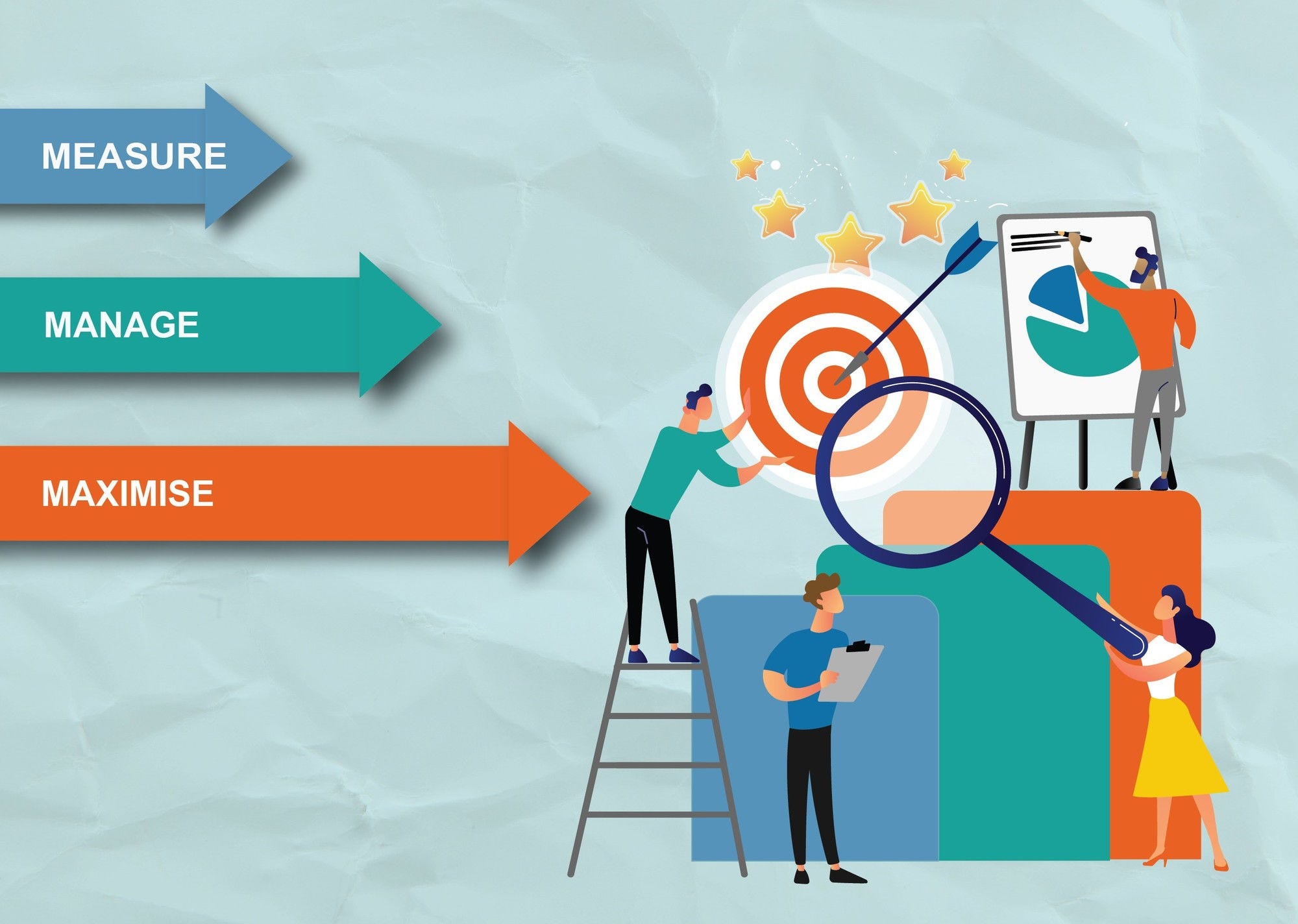Social impact measurement and management is a particularly helpful practice for social economy entities to understand their contribution to society and potentially improve the achievement of their mission. Impact areas that are particularly important for the social economy, such as economic prosperity and employment, social inclusion and well-being and community, are often the hardest to translate into quantitative metrics. Current social impact measurement and management practices are largely shaped by funders and for-profits with limited focus on the social economy. This guide offers a simple, straightforward approach for social economy entities to measure, manage and ultimately maximise their impact, and to prioritise the use of findings for strategic organisational learning and improvement.
Measure, Manage and Maximise Your Impact

Abstract
Executive Summary
Social impact measurement and management helps social economy entities to understand and demonstrate their contribution to society while providing valuable information to achieve their social mission. Impact evidence is also used to diversify sources of funding and financing, tap into public and private markets and communicate transparently with internal and external stakeholders. Social economy entities differentiate themselves from conventional businesses by focusing on three founding principles: they place people and purpose (social or environmental) over capital, they espouse participatory governance, and they reinvest profits (if any) to the benefit of members, users or society at large. These defining features bear important consequences and advantages for social impact measurement and management practice.
The social economy is gradually developing solutions that match its impact measurement capacities and needs. Economic prosperity and employment, social inclusion, and well-being and community are typically the most important impact areas for the social economy. They touch on areas such as household welfare, resilience to economic shocks, social inclusion of disadvantaged groups and psycho-social well-being, which are often the hardest to translate into quantitative metrics. Stakeholder engagement is largely incorporated in the way social economy entities operate and are governed. It is therefore also a cross-cutting priority for social impact measurement and management. Given that social economy entities interact with a variety of stakeholder groups, they need to consider specific adaptations to include the most disadvantaged groups in the measurement cycle.
This guide offers a simple, straightforward vision that prioritises continuous improvement. Social impact measurement is presented as a three-phased cycle, from design to data collection and analysis, and finally learning and sharing the impact evidence. As learning organisations, social economy entities need to develop a permanent infrastructure to support the impact management process through internal capacity-building, the use of different tools for data collection (including digital) and analysis to better visualise and communicate impact and independent validation. Over the long term, as the entity matures in its impact journey, the evidence can help inform the impact maximisation strategy.
Measurement
The measurement cycle can be broken down into three chronological phases, each composed of several steps:
Design: define the change strategy, identify learning needs, set impact targets,
Collect and analyse data: structure the approach, collect data, analyse data, consider impact valuation,
Learn and share: consult with internal and external stakeholders about results, choose a reporting framework, communicate the impact evidence.
The guide helps social economy entities understand which solutions are more relevant for them at each of these three measurement phases. They can choose from logic models, impact mapping, causal chains or other adaptations for the social economy such as “Wheel of Change” and “story of change” to develop their narrative of change. They can also discover how qualitative (e.g. measuring multidimensional poverty through the Poverty Stoplight) and quantitative impact targets (e.g. against a baseline through a historical approach or reference to external standards) can be set to track progress. The guide also helps explore different ways to collect impact information including conventional methods such as stakeholder interviews, surveys, case studies and observations as well as those tailored to the social economy such as Outcome Stars and Outcome Journals.
Social economy entities may wish to understand the value of their activities once they have impact data. The guide explores approaches to impact valuation such as different valuation frameworks including the social return on investment and cost-benefit analysis. It also looks at various monetisation techniques including the avoided cost, perceived value and restoration or renewal cost approaches. The guide takes a comparative look across these different approaches to highlight different considerations as well as data and skills needs of each.
Social economy entities can avail themselves of mainstream tools that are widely used in the private and/or public sector. They can also develop tailored solutions that more closely reflect their capacities and needs. Before selecting the most appropriate approach, each social economy entity may want to consider the pros and cons as well as the potential barriers in terms of cost, skills and data requirements.
Most organisations embrace impact measurement in a progressive manner. Impact measurement practices can be regarded as a continuum, ranging from the more basic solutions to those requiring more sophisticated skills and data, such as impact attribution and monetisation. Through the iteration of several measurement cycles, the social economy entity can evolve the number and complexity of tools deployed, the way they are used, and the level of ambition/challenge involved.
Management
Impact measurement alone is not enough to enable evidence-based decision-making and organisational learning. Impact evidence becomes most powerful when integrated in a permanent process of impact management, which feeds into the social economy entity’s strategic and operational decisions. Social impact management can complement strategic planning, reducing the risk of performing unnecessary actions or wasting resources. Impact management involves repeated measurement and continuous monitoring to understand what works and integrating those lessons into organisational practices and policies. This includes adopting a level of quality checks and balances for impact measurement.
The guide outlines six building blocks that structure an impact management system that is not only used for reporting to external stakeholders but also for feeding into strategic action and planning. These building blocks are: 1) integrating impact evidence into decision-making, 2) engaging stakeholders, 3) developing skills, 4) exploring digital tools for data collection, storage and visualisation, 5) seeking independent valuation, and 6) establishing a permanent action plan to follow up on learnings.
Maximisation
Social impact measurement can accompany social economy entities in their quest to increase the effect of their activities. They can “maximise” the positive change generated by their activities through organisational growth, scaling their impact and internationalising their presence. Basing organisational decision-making on impact evidence helps guide their ultimate mission of facilitating social value creation at every step of their organisational development and growth.
Co-constructed with social economy representatives and impact measurement experts, the following guiding principles can help social economy entities maximise their impact over time:
translate the social mission into a narrative of change,
take a holistic understanding of impact,
mind proportionality,
put stakeholders at the centre,
uphold transparency,
strive for continuous improvement.
These principles can be used to advance capacity-building efforts at the national and local level.
In the same series
-
 20 March 2023
20 March 2023
Related publications
-
 25 October 2024
25 October 2024 -
 8 October 2024
8 October 2024 -
 Case study8 October 2024
Case study8 October 2024










